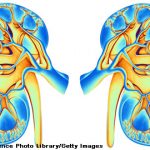Working in support of underserved communities, making and donating masks, volunteering with local rheumatic disease-focused organizations—these are just some of the ways rheumatology professionals have been giving back to their patients and communities…





